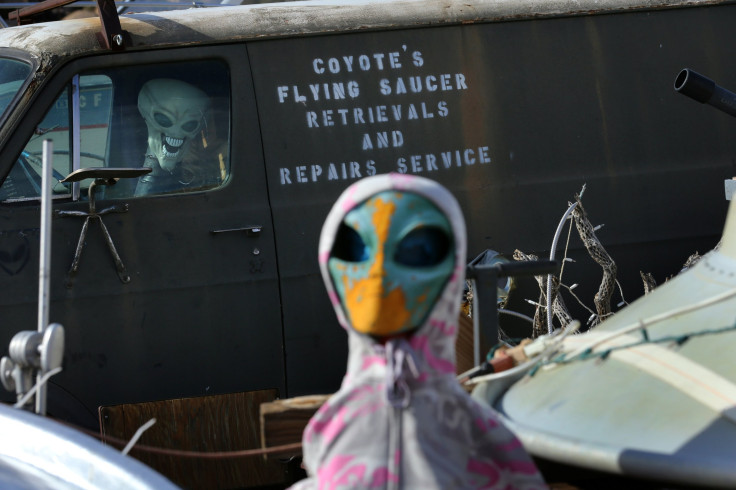Why Aliens Might Smell Really Bad, According To Expert

Scientists have spent long enough looking for proof of alien life. If they do exist, they will not be easy to identify.
Clara Sousa-Silva, a molecular astrophysicist at the Massachusetts Institute of Technology who focuses on detecting exoplanets, said during a panel held at the International Astronautical Congress in Washington, "It's probably something that's going to be a slow discovery, not like the little green humanoids arriving here on Earth scaring everybody."
She added that the discovery is probably going to take a long time, but she thinks that a slow discovery could make it easier for people to process it and its significance.
According to a report, another speculation about extraterrestrial life is that aliens might smell really bad. This is because thousands of different gases that could be evidence of biospheres all over the galaxy can be identified. Seager stated in one of her articles that if we want to find alien life, we have to know what aliens have to look for. If they exist, their quest for oxygen relies on whether they are oxygen-reliant life forms or not.
Speaking of gases that they might be looking for, some gases are rare because they are likely to exist in very small amounts. One of these rare gases is phosphine, which the astronomer finds to be her favorite. She stated, "Phosphine is a fascinating and horrid molecule. It kills in a variety of imaginative ways, all of which have to do with its interference with oxygen metabolism. To us modern, oxygen-loving beings, phosphine is an extremely toxic and outrageously foul-smelling molecule."
To find phosphine, or any gas that life could produce and release into an atmosphere, spectra are needed. The infrared spectrum of gaseous phosphine has been the subject of a number of investigations. Scientists McConaghie and Nielson have partially analyzed the vibration-rotation spectrum in the region of the fundamentals and their structural data for the ground vibrational state are in good agreement with the microwave results. However, this method is really difficult.
"Getting spectra for phosphine alone took me four years, and it would take me another 60,000 years to repeat that process for those thousands of biosignatures without spectra," Sousa-Silva stated.
"As an alien astrophysicist myself, my own research into phosphine has taught me that it is molecules like these that will hold the key to finding extraterrestrial life," she added.
If phosphine and spectra could be the key, what is their relation to the terrible smell of possible alien life? Anaerobic life in anoxic places produces lots of phosphine. Existing anoxic environments include swamps, marshlands as well as the intestines of people, fishes and other animals. Most anoxic environments (where phosphine is produced) can be attributed to real bad smell. Thus, if extraterrestrial life looks for this kind of atmosphere, they could smell terribly as well.
© Copyright IBTimes 2025. All rights reserved.





















